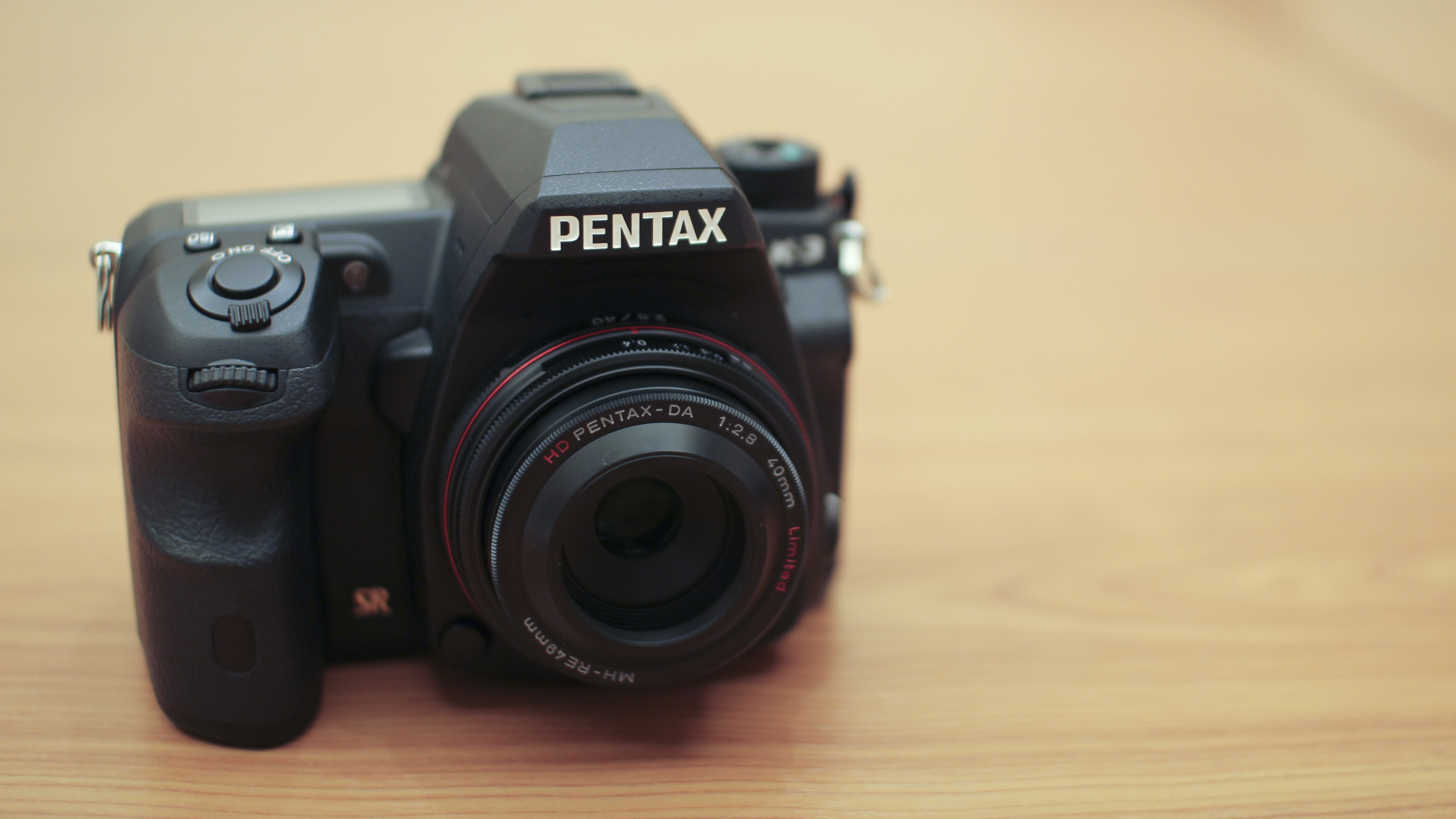TechRadar Verdict
A completely weatherproof body, good image quality and intuitive handling puts the K-3 cat among the pigeons, but there's still work to do if Pentax is to seriously compete with the DSLR options from Canon and Nikon.
Pros
- +
Weatherproof body
- +
100% viewfinder
- +
Universal DNG raw format
Cons
- -
Chromatic aberration issues
- -
LCD screen fixed
- -
Tends to underexpose
Why you can trust TechRadar
Since Pentax was bought from Hoya by Ricoh, it's seen a bit of an increase in new launches and development.
The K-3 comes just a year after the Pentax K-5 II was launched, which arrived two years after the Pentax K-5. Pentax says that the K-3 is not intended to replace the K-5 II, but instead sit alongside it in a higher position as the company's flagship DSLR.
Featuring a Sony-designed 24 million-pixel sensor, the K-3 doesn't have an anti-aliasing filter. This is a route which several companies have taken of late, but what makes the K-3 a little different is that it has an optional (as in you can switch it off) anti-aliasing 'simulator' to help reduce moire patterning if this is proving to be a problem.
Pentax has a loyal, if relatively small, army of supporters. But with this camera, the company hopes that it will be able to tempt consumers away from the Nikon and Canon standard.
With its specification and price tag, the K-3 competes with the Canon EOS 70D and the Nikon D7100, which are top of their respective manufacturers' enthusiast range of cameras.
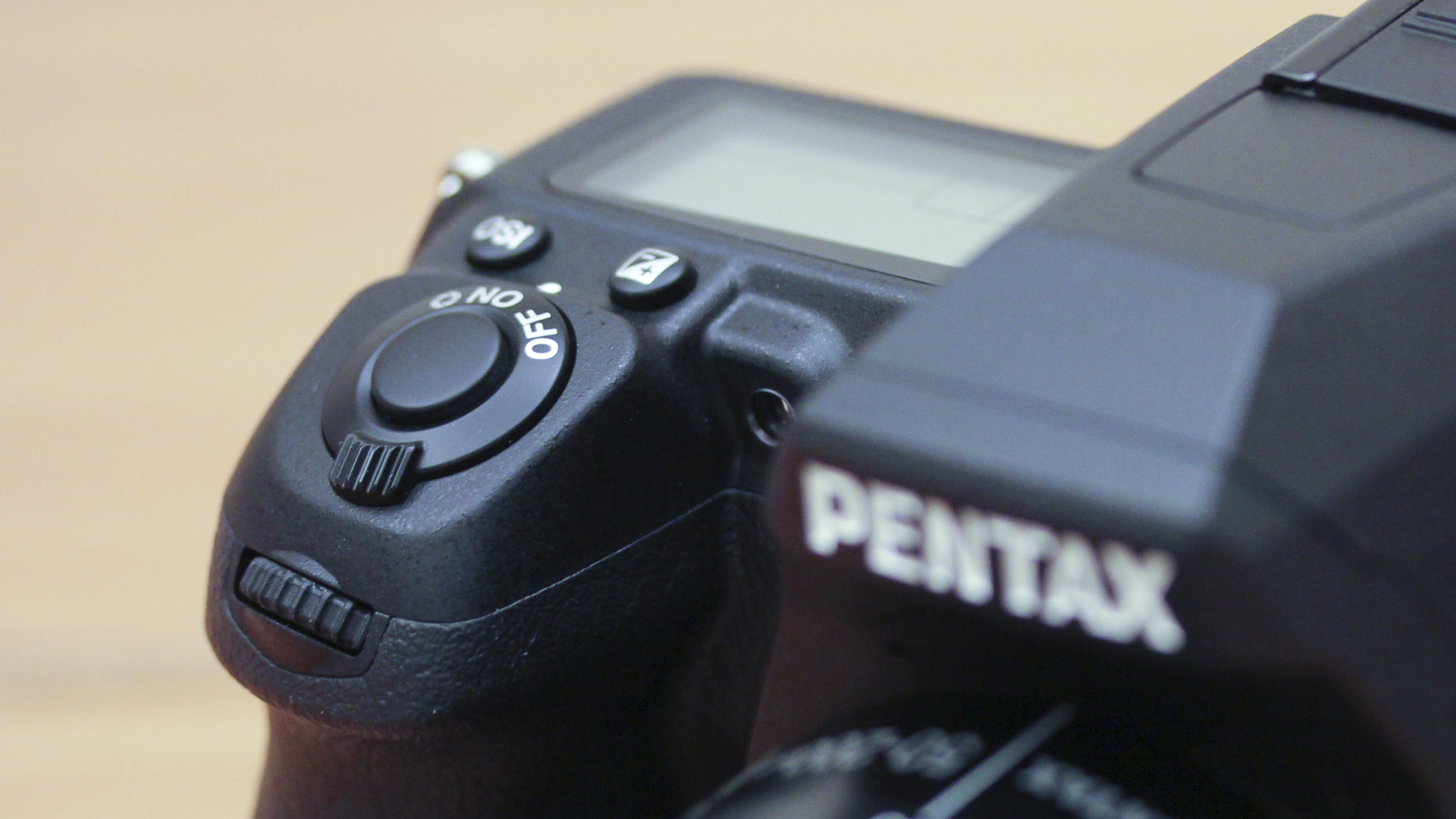
Pentax says that comparatively, it offers more than its closest rivals. Along with the new sensor, a newly developed imaging engine – PRIME III – has been introduced to facilitate headline features such as 8.3 fps (by comparison the Canon EOS 70D offers 7fps, while the Nikon D7100 offers 6fps, although this can be boosted to 7fps in crop mode). Sequential shooting can record up to 22 images in raw format at a time, or 60 images in JPEG.
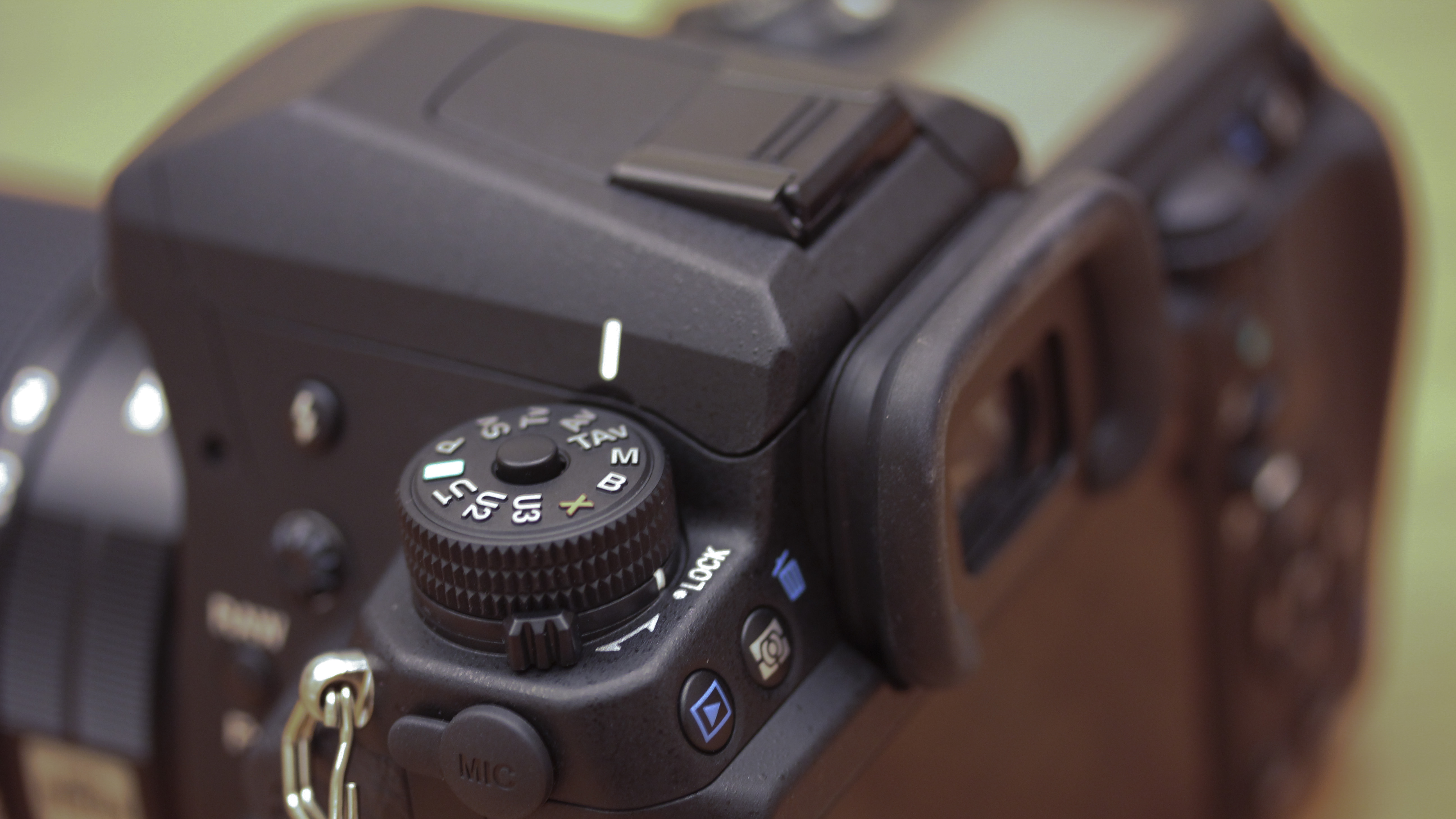
A newly designed SAFOX 11 AF module has been introduced which offers 27 autofocus points, of which 25 are cross type for increased accuracy. Another point of differentiation between the K-3 and its rivals is that the AF module is sensitive down to -3EV, compared to 0/-1EV.
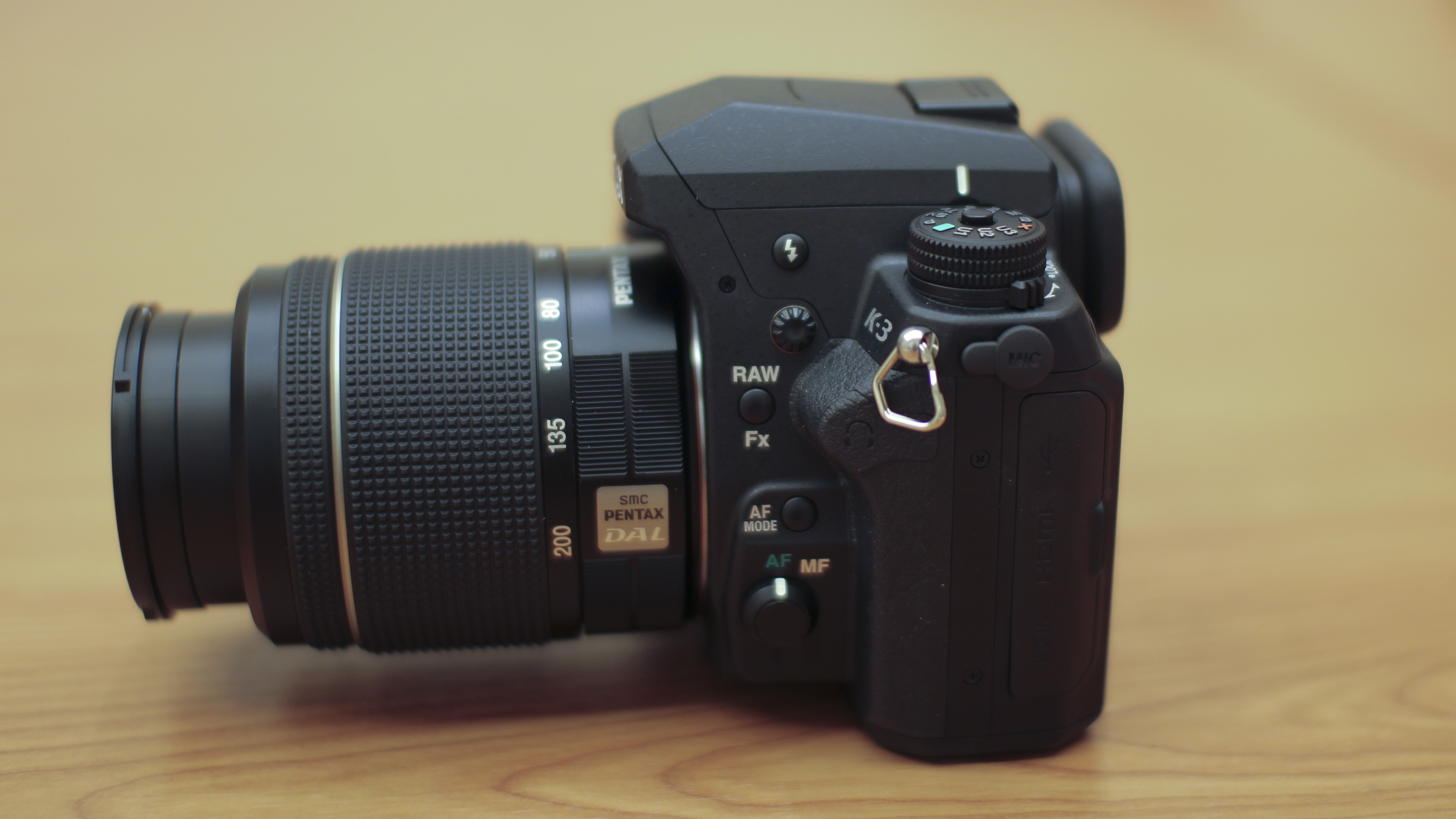
The K-3's optical viewfinder has a 100% field of view, with 0.95x magnification. Meanwhile, the rear screen is a 3.2-inch, 1,037,000-dot device with a protective, tempered-glass front panel for added durability. Anti-reflection coating is also included.
Wi-Fi is fast becoming an almost required specification of cameras, even at this level. Different manufacturers have different ways to approach this; Nikon uses the Wu-1a wireless adaptor, while Canon has placed Wi-Fi directly into the body of the camera itself. Pentax's solution is to introduce the unappetising-sounding 'flu card'. Similar to an Eye-Fi card, a flu card allows for transfer of images across to smartphones and tablets, along with remote control of the camera.
Dual SD card slots are available, one of which could be used for the optional extra flu card.
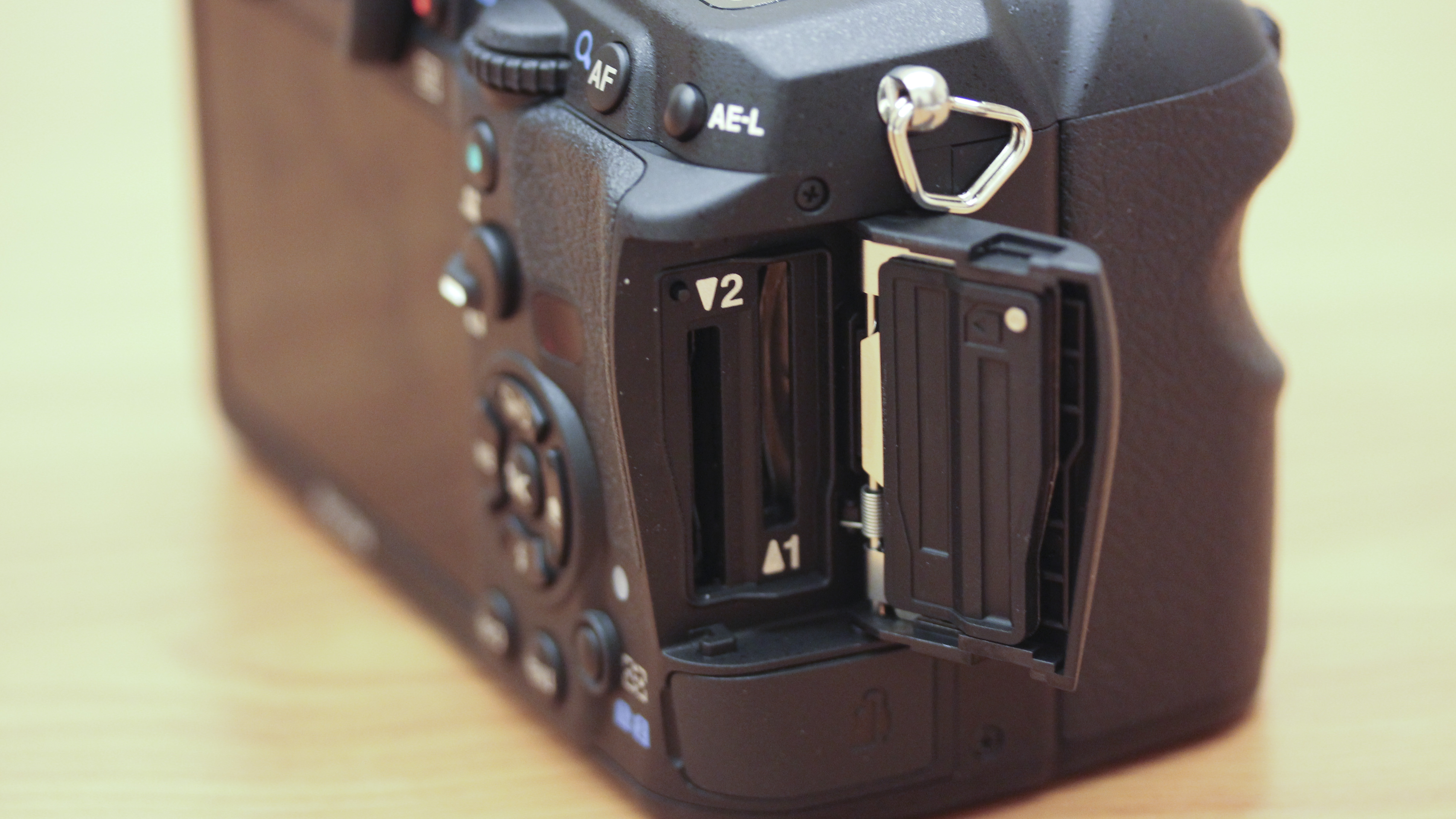
The Pentax K-3 is weather-sealed, as are many of Pentax's current Pentax lenses and accessories (such as battery grips), making it a complete weather proof system.
Amy has been writing about cameras, photography and associated tech since 2009. Amy was once part of the photography testing team for Future Publishing working across TechRadar, Digital Camera, PhotoPlus, N Photo and Photography Week. For her photography, she has won awards and has been exhibited. She often partakes in unusual projects - including one intense year where she used a different camera every single day. Amy is currently the Features Editor at Amateur Photographer magazine, and in her increasingly little spare time works across a number of high-profile publications including Wired, Stuff, Digital Camera World, Expert Reviews, and just a little off-tangent, PetsRadar.
